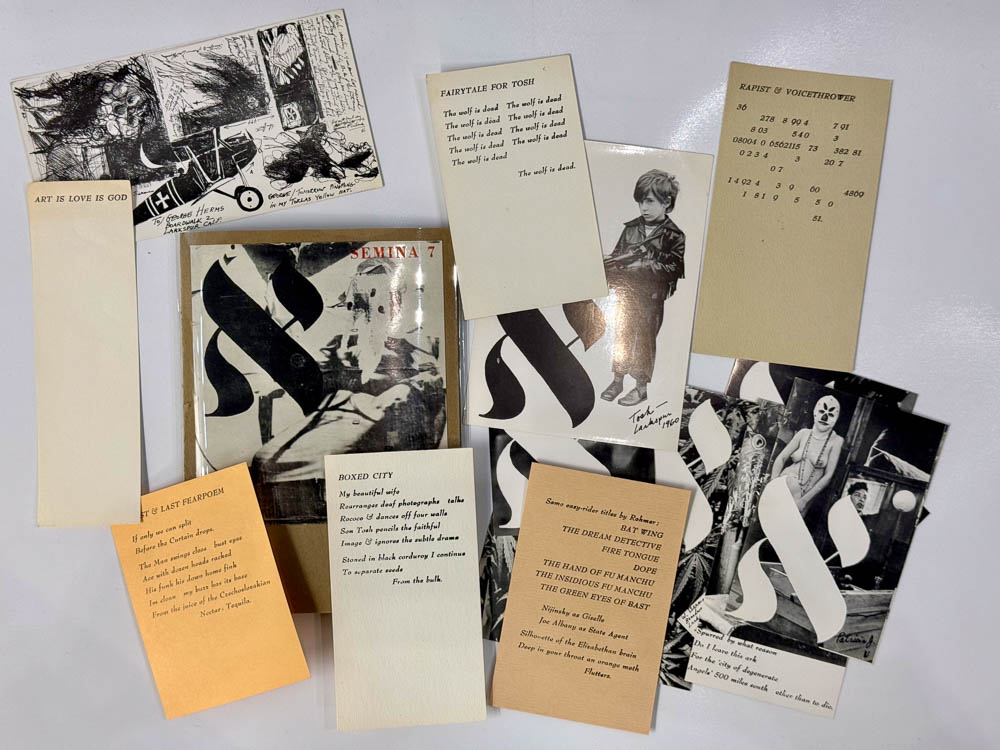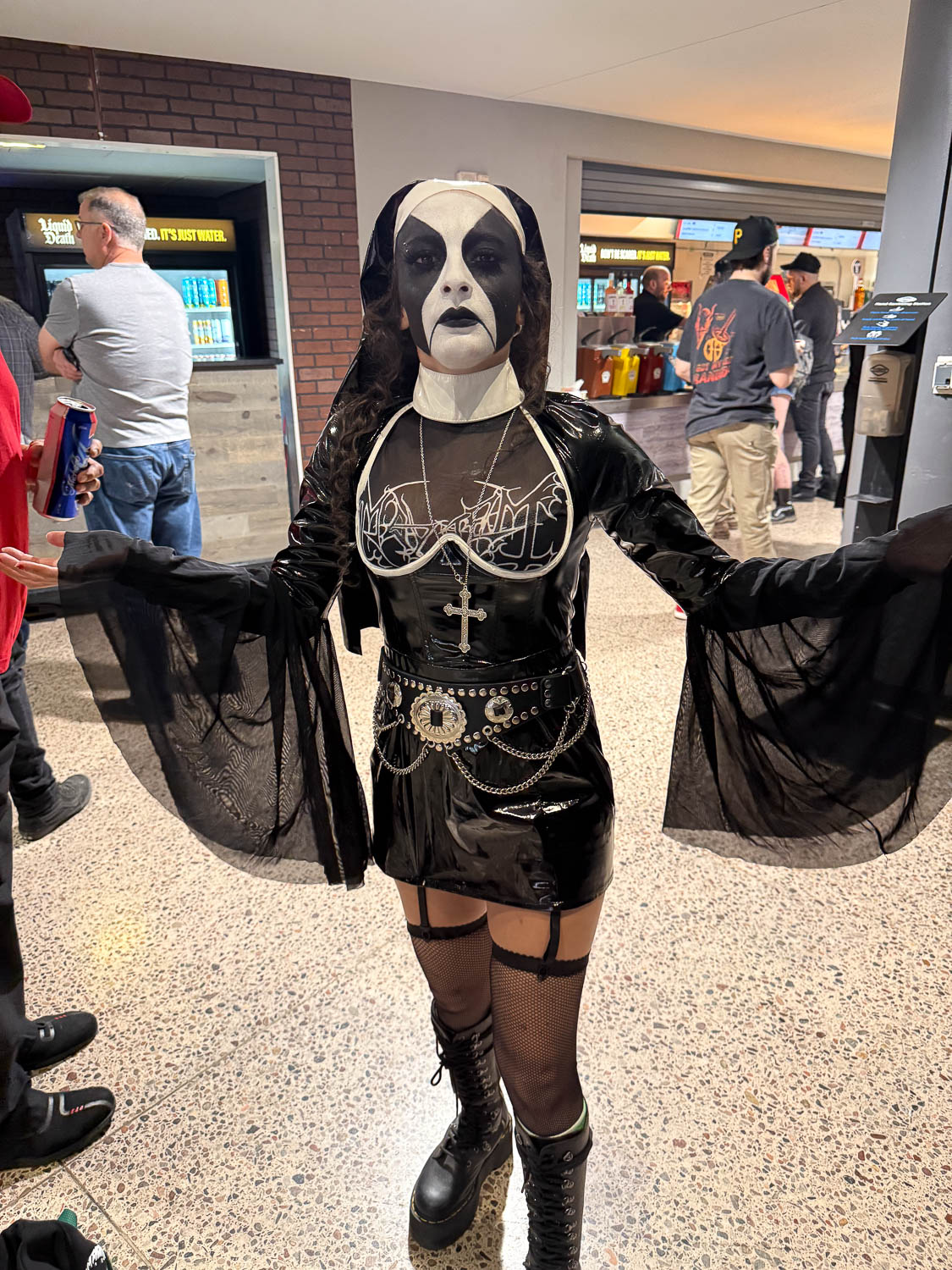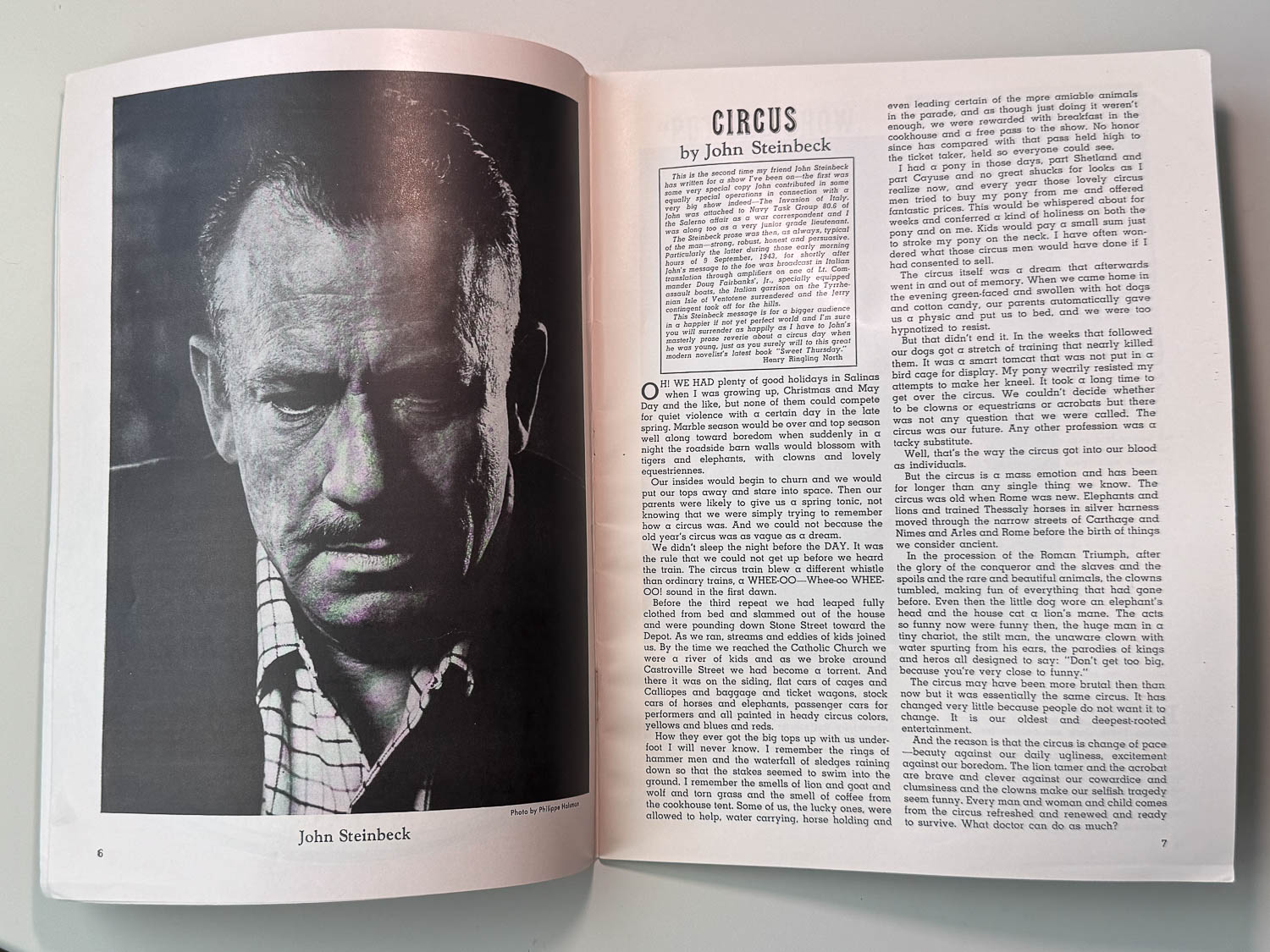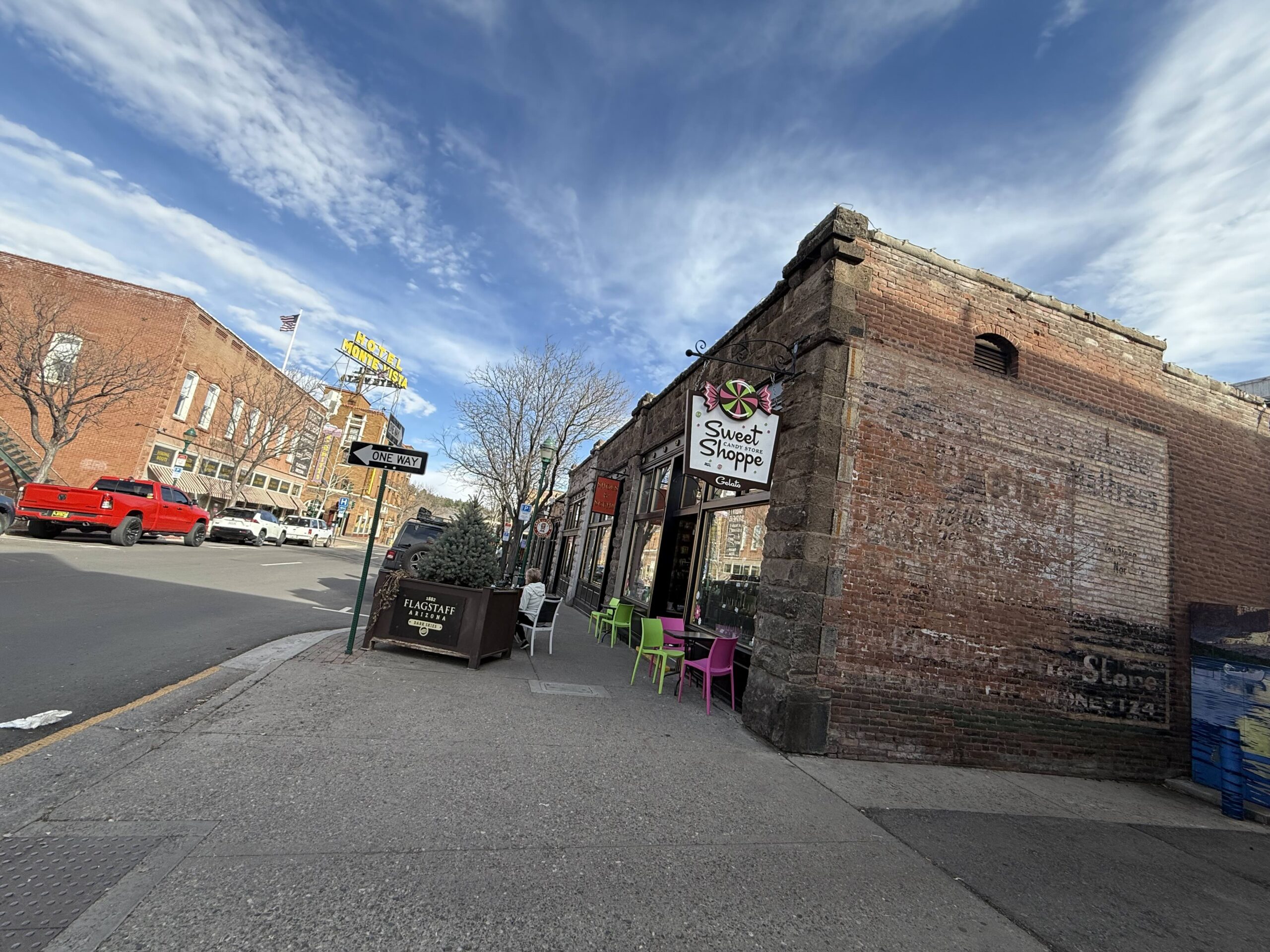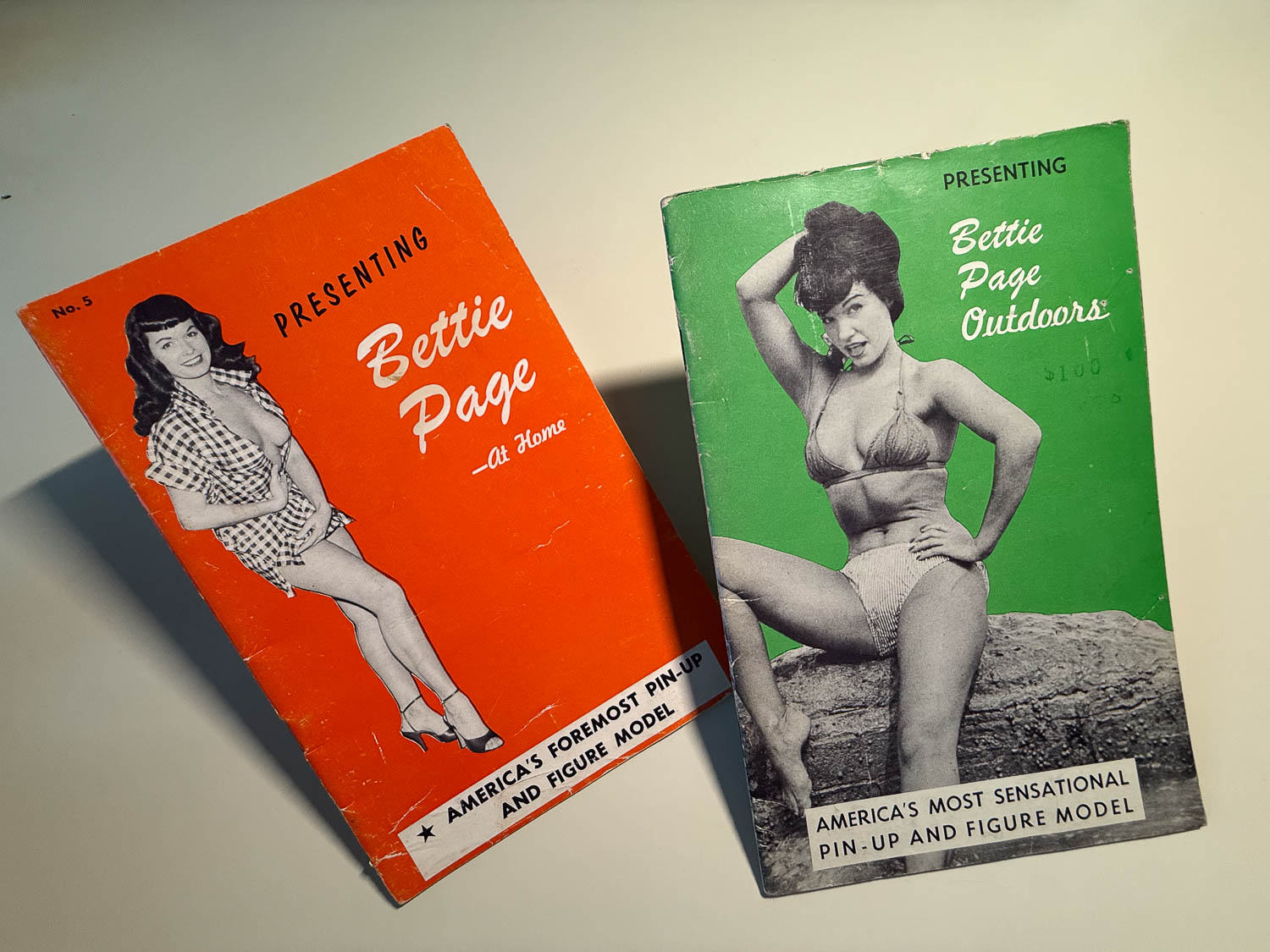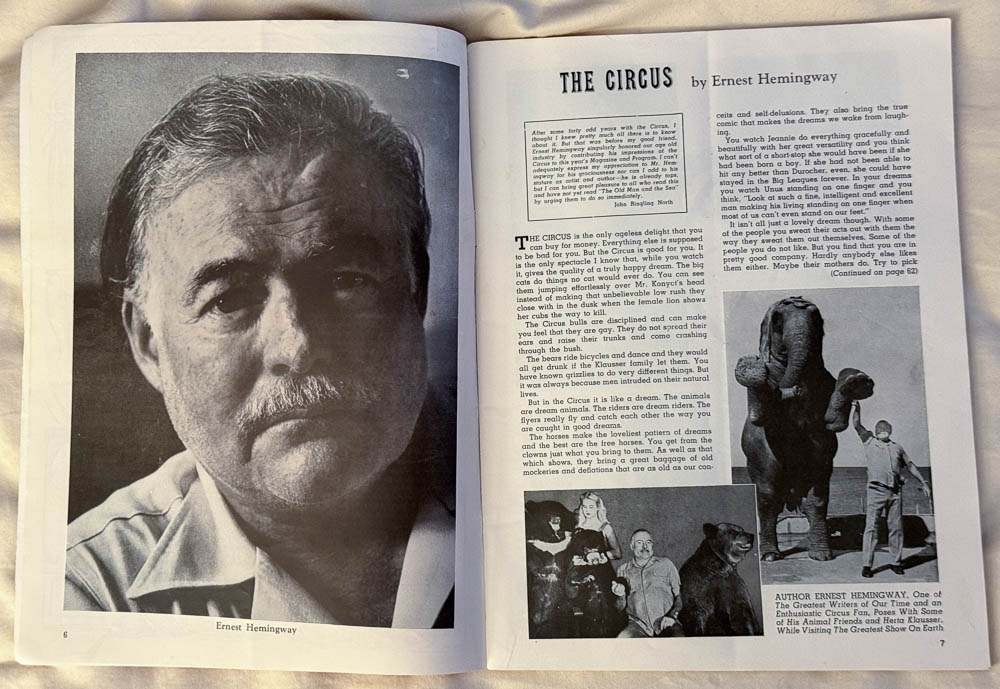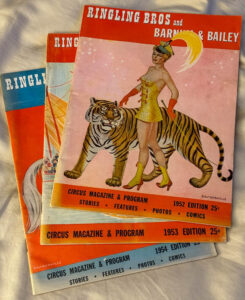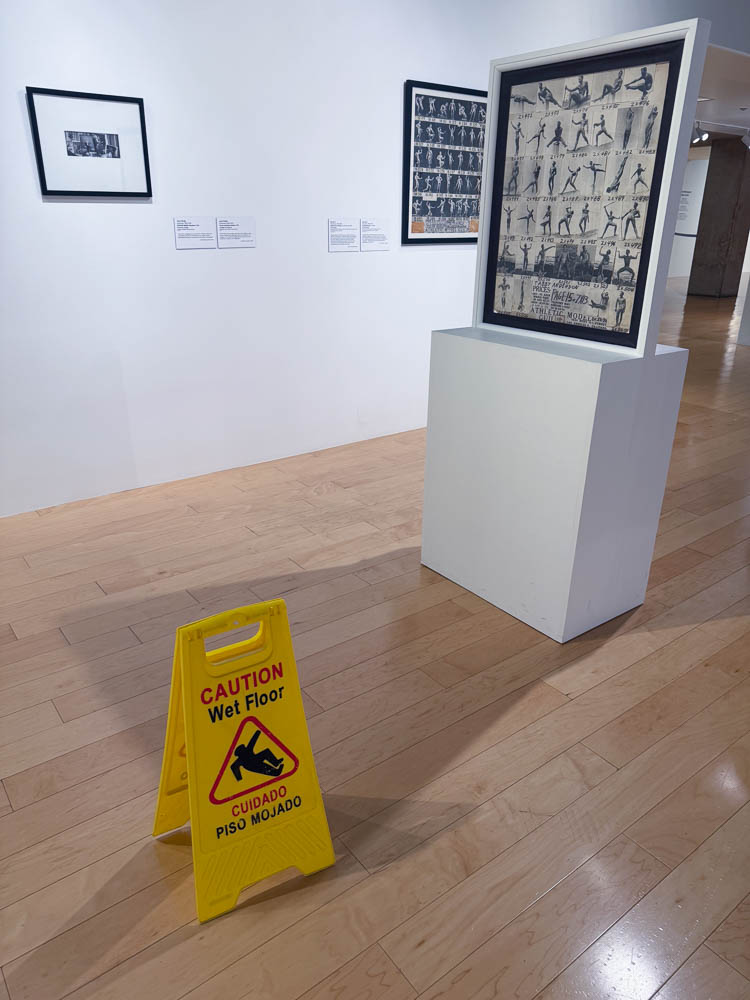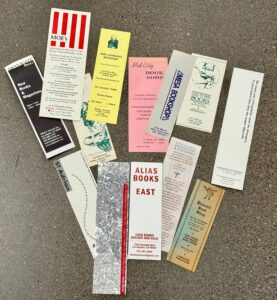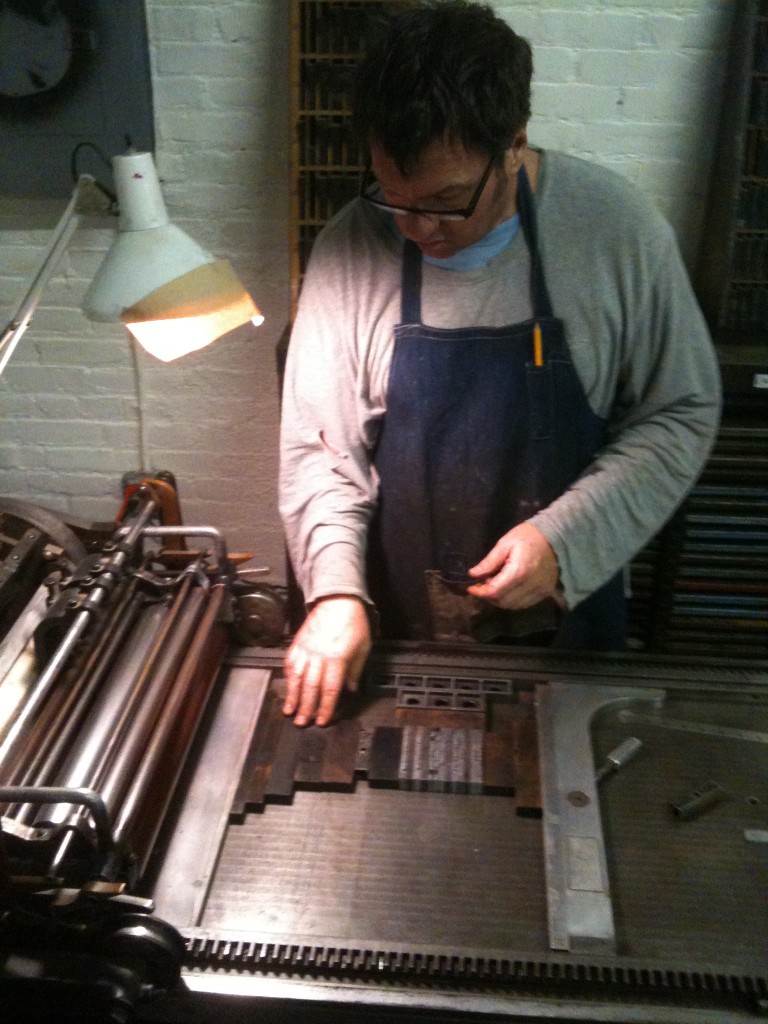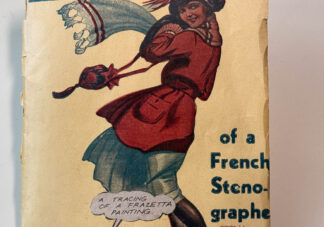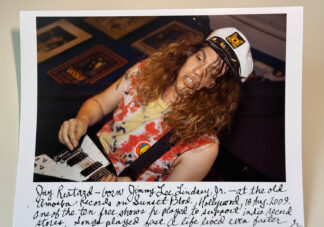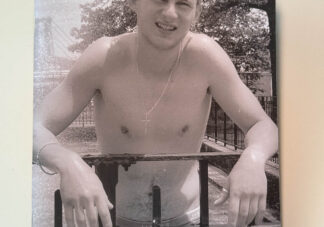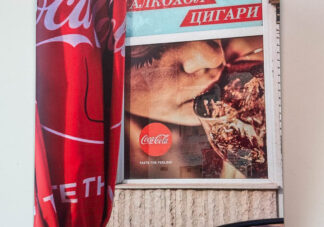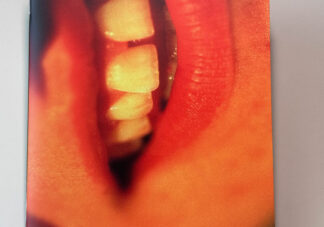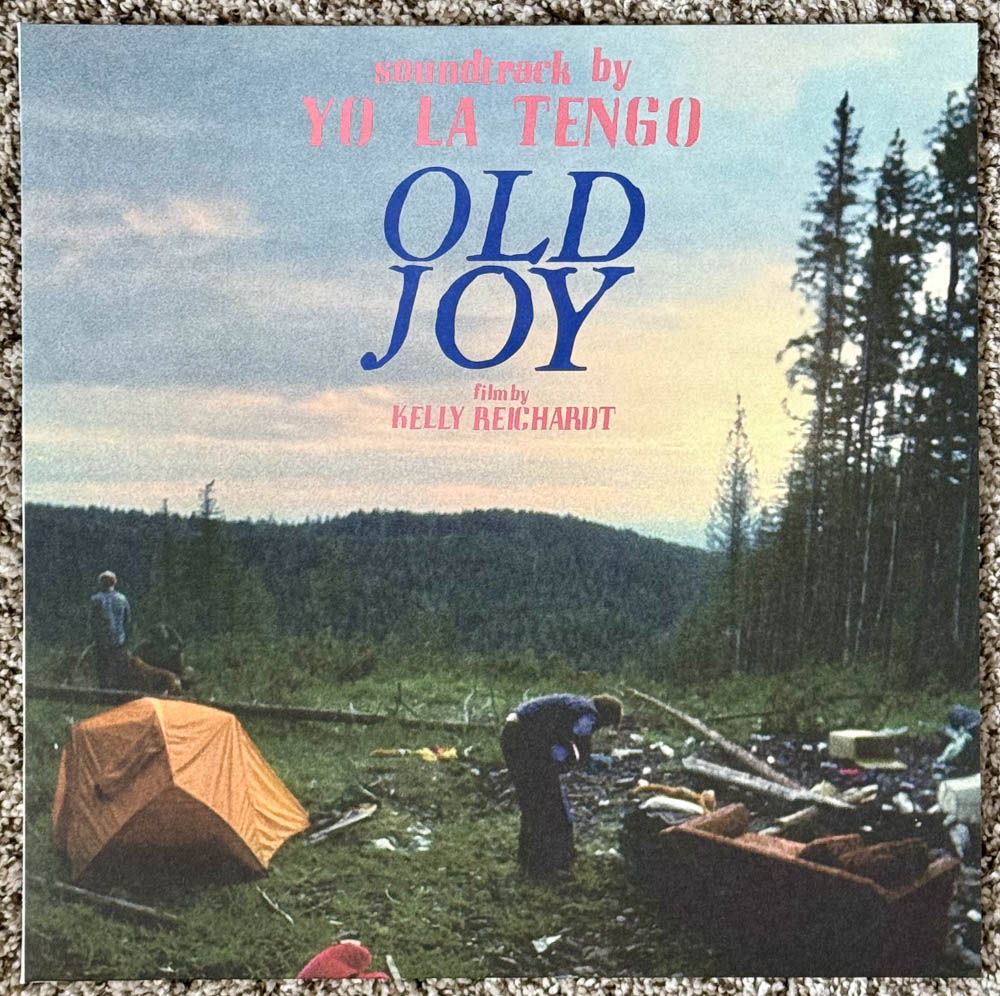
Look, I’m not going to wax poetic about how great Record Store Day used to be. I’m not even going to go on about how perversely overpriced records have become—though both are true. But here goes anyway.
Record Store Day used to be great. It really was. And I suppose, for a lot of people, it still is.
When I asked the clerk how long the line was to get into my local store — Grace Records — he said, “Mall security had to send people home last night—mall rules don’t allow overnight sleepers. They let the line form at 5 a.m.”
I rolled in around 1 in the afternoon, my expectations really low—but somehow, I managed to find a copy of The 13th Floor Elevators – Houston Music Theater, Live 1967 (4,000 copies), Thin Lizzy’s Jailbreak: Alternate Version (6,000 copies), and even two copies of Lou Reed’s Metal Machine Music (2,500 copies) were still left!
Lou Reed’s fifth solo album is quite possibly the most unlistenable record ever made. Lester Bangs once called it “the greatest record ever made in the history of the human eardrum”—but he was kidding. (I think.) I’m not kidding when I say Metal Machine Music is like an Andy Warhol film: far better discussed than experienced. (Except maybe his Screen Tests.)
I stood there holding all three for ten solid minutes, flipping through what was left of RSD 2025 one more time. And all I could think of was $104.98 before tax….$104.98 before tax….$104.98 before tax. Then, I let out an audible sigh and made my decision.
Three new records: One. Hundred. And. Ten. Mother. Fucking. Clams.
Man, Record Store Day used to be great. It really was.
(I almost forget to mention the 9th record to my 10’s-the-max collection just arrived at my po box a few days ago from the always-fabulous Mississippi Records! The soundtrack to Old Joy, a film by Kelly Reichardt, music by Yo La Tengo.)









